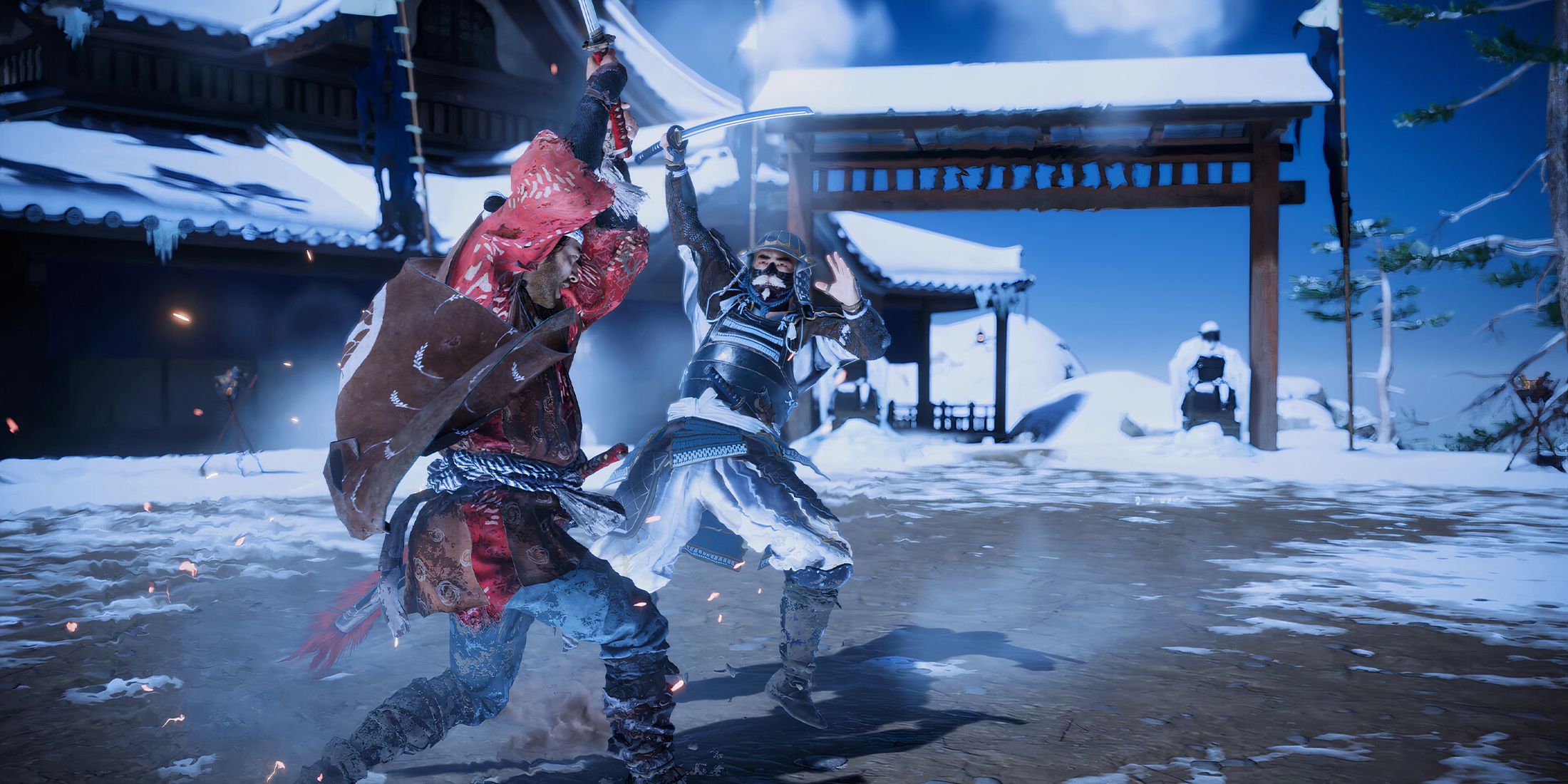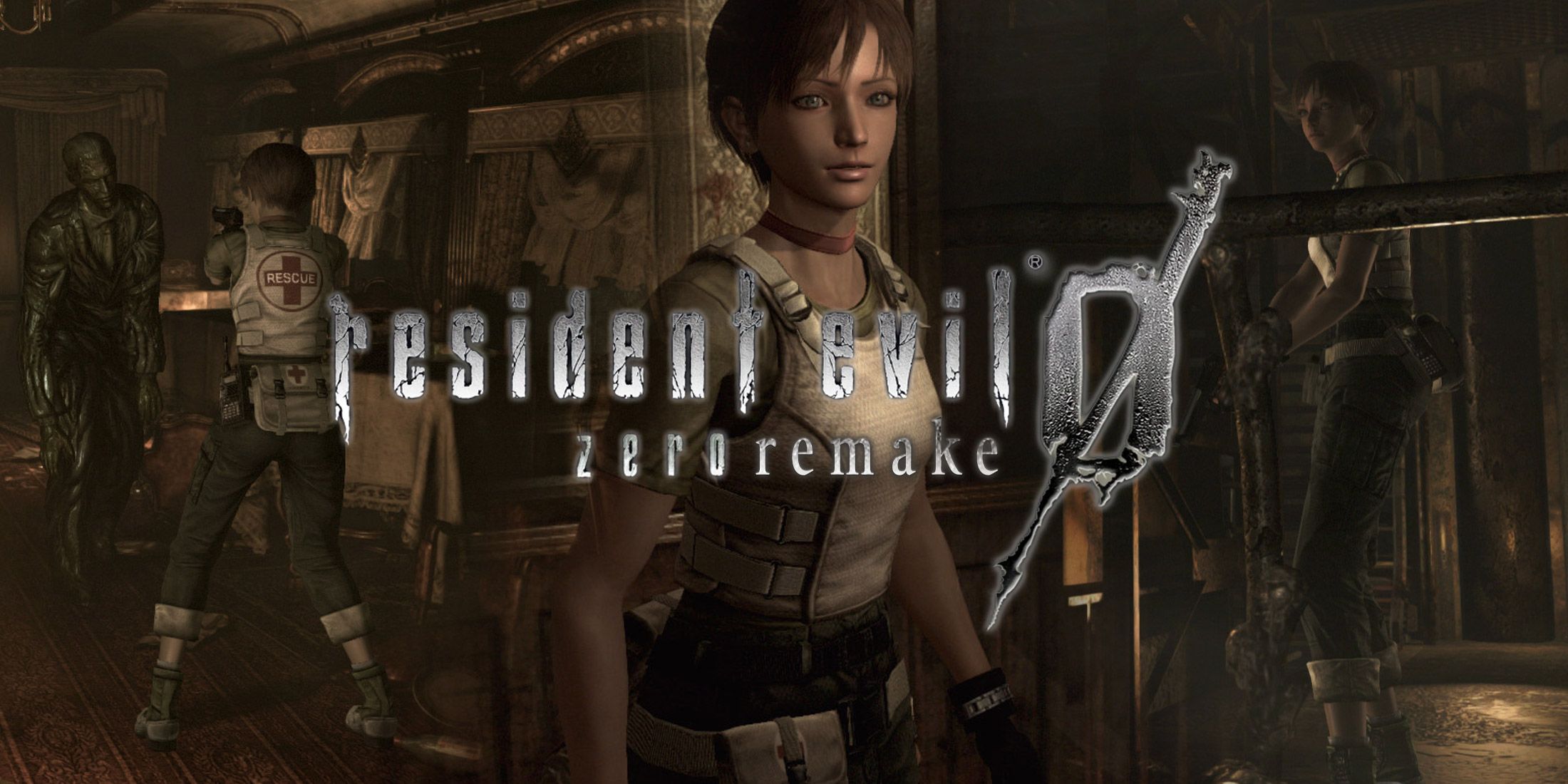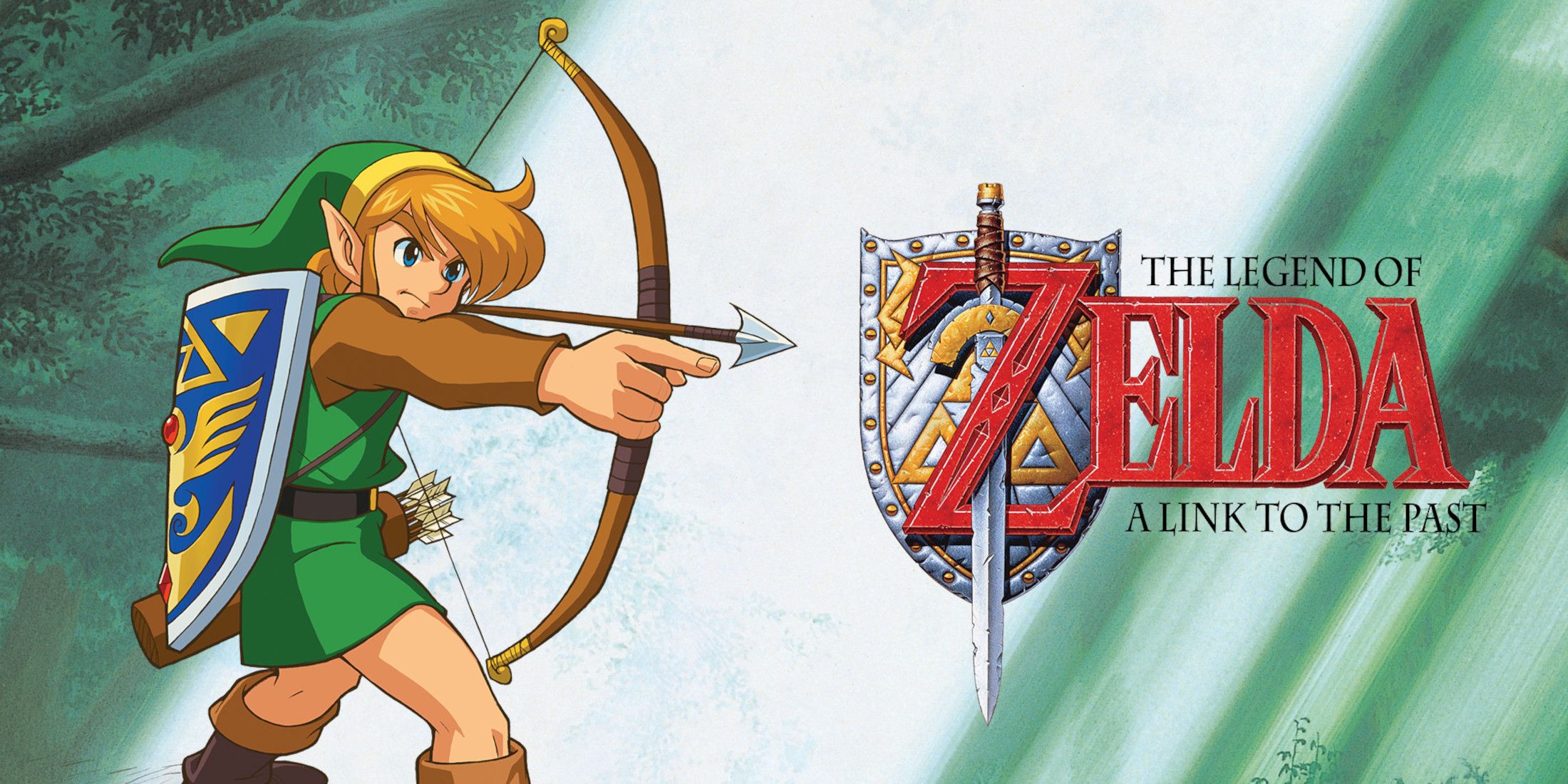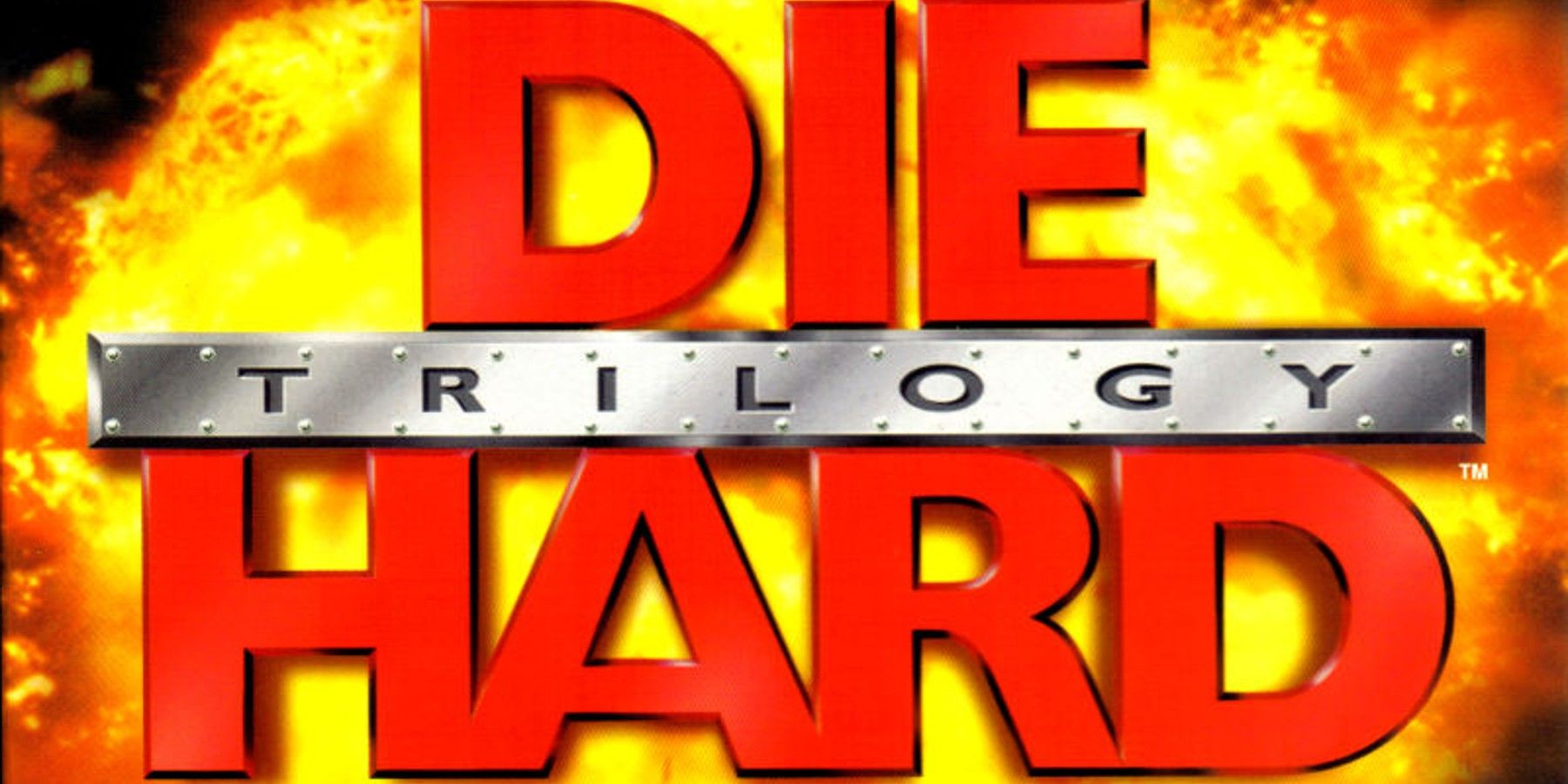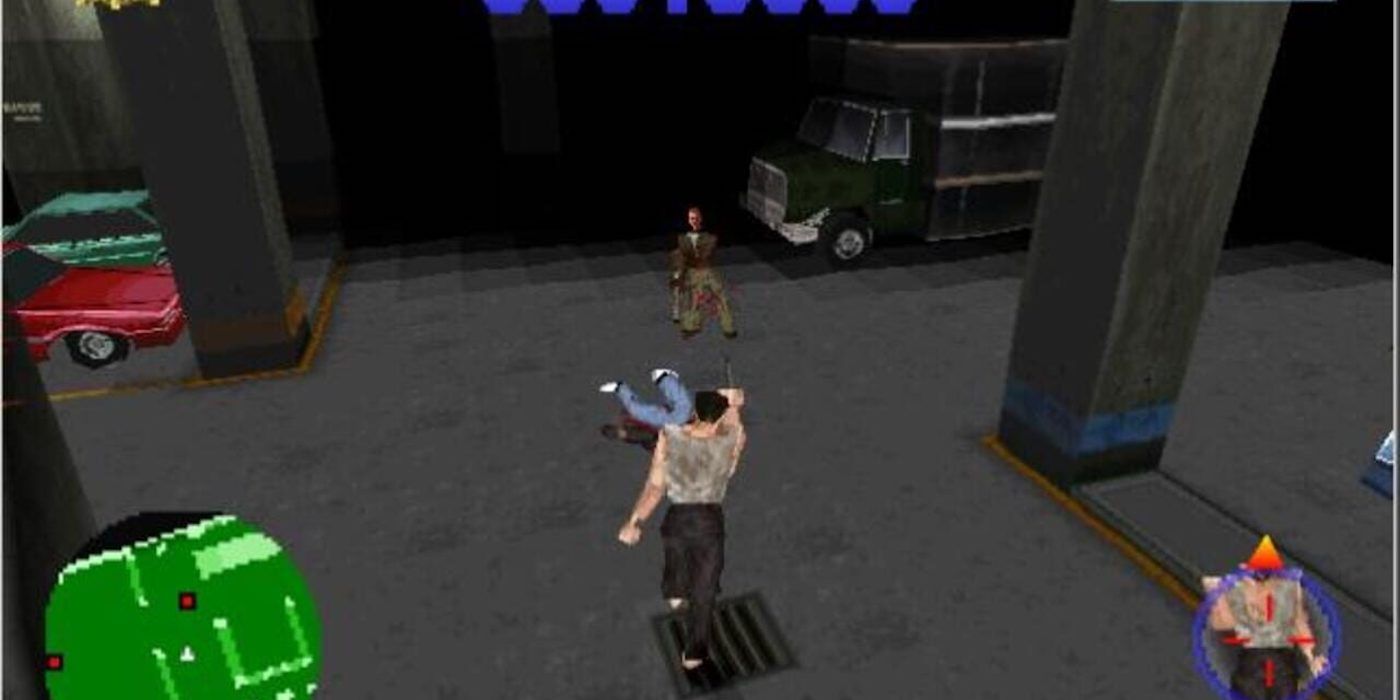One of the longest debates in movie history questions whether or not Die Hard is a Christmas movie, and while it may not exactly have the essence of one, its setting and a few lines of dialogue are all that's needed to convince fans to rewatch it every year, and it's worth it every time. While Die Hard's sequels may not be as critically-acclaimed as the first entry, there's still something to enjoy in most of them, even if it is just that one sequence that led to the movie getting a video game adaptation.
Licensed movie tie-in games were some of the most prevalent video game releases in the late 1990s and early 2000s, and Die Hard has had its fair share of adaptations. From the beloved Die Hard trilogy on the PlayStation 1, to the highly nostalgic Die Hard Arcade game, there are a ton of really fun Die Hard experiences out there, even if fans need to tentatively step over the bad ones to get there.
The Complete History of Die Hard Video Games
1990 saw the release of the very first Die Hard video game adaptation. Launching for the Commodore 64 first, Die Hard sees players clear each floor of the Nakatomi Plaza from terrorists. In the Commodore 64 version of the game, players control Bruce Willis' John McClane from a side-scrolling perspective, and navigate him through a series of corridors and rooms. In the NES version of the game released a year later, players control McClane from a top-down perspective. The gameplay is fairly rudimentary in both, but both versions of Die Hard manage to capture the action movie pretty well, with high levels of authenticity coming from the game's level design.
Releasing on the Commodore 64 in 1992, Die Hard 2: Die Harder is a static first-person shooter that takes players through the events of the second movie. The gameplay is extremely simple here, with players simply needing to point their mouse at a bad guy and fire once. Though more enemies appear in each stage, the gameplay remains identical throughout, with practically no variation in weapons or enemy types.
A surprisingly great side-scrolling beat-em-up, Die Hard Arcade hit floors in 1996, and was later ported to the Sega Saturn and PlayStation 2. The first beat-em-up to ever use texture-mapped 3D polygonal graphics, Die Hard Arcade was very technically impressive for the time, and it still holds up fairly well today. The game sees players navigate their way through Nakatomi Plaza once more, but puts an emphasis on hand-to-hand combat and improvised weapons, giving players the ability to combine melee weapons together to make a more powerful makeshift weapon.
By far one of the most beloved Die Hard games of all time is Die Hard Trilogy, released on PlayStation in 1996. Die Hard Trilogy takes players through the first three films in the franchise, with each level corresponding to a different movie. Each movie has its own unique style of gameplay too. The first mission covers the first movie, and gives players some fun third-person shooting gameplay, the second level is an on-rails shooter that was compatible with PlayStation's light gun accessories, and the third mission sees players drive around New York City trying to locate and defuse a series of bombs. Die Hard Trilogy would receive a sequel in 2000 called Die Hard Trilogy 2: Viva Las Vegas, which carried over the three distinct gameplay styles, but told its own original story that swapped the styles between levels.
In 2002, Sierra Entertainment released Die Hard: Nakatomi Plaza exclusively for the PC. This first-person shooter follows the events of the first movie yet again, but expands on it with some original material to help bulk out its levels. Unfortunately, Die Hard: Nakatomi Plaza received some mixed reviews from critics, with many citing its lack of innovation in a market that was seeing so much of it at the time. The final console Die Hard game to release was Die Hard: Vendetta, which also hit store shelves in 2002. Vendetta managed to separate itself from the rest of the FPS crowd by introducing environmental puzzles and NPC interactions, as well as telling its own original story set five years after the events of Die Hard with a Vengeance. Since then, Die Hard has seen some mobile games, but its console heyday has yet to be succeeded.

